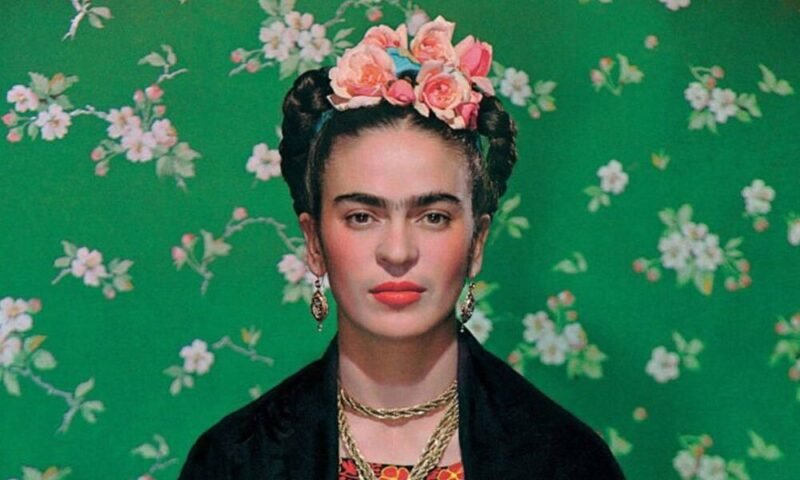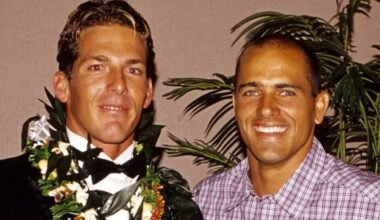Early Life and Background
Maria Kahlo Cardena, born in 1896, represents a lesser-known aspect of the Kahlo family history. She was the second eldest half-sister of Frida Kahlo, the famed Mexican painter. Her father, Wilhelm Kahlo, later known as Guillermo Kahlo, immigrated from Germany to Mexico in the late nineteenth century. Guillermo and Maria’s mother, María Cardena Espinoza, married on August 15, 1893, in Tacubaya, Miguel Hidalgo, Mexico City.
Family Tragedy
Early tragedy struck the Kahlo family. Maria’s mother, María Cardena Espinoza, was born in Mexico City on May 10, 1874. Guillermo had three daughters, including Maria. Sadly, María Cardena Espinoza died prematurely in 1897, just after having her second child. This unexpected catastrophe changed the family’s life forever. As a widower, Guillermo Kahlo raised his daughters.
The Kahlo Siblings
Maria Kahlo Cardena has many siblings. After Guillermo’s first marriage to María Cardena, Maria had two sisters: Maria Luisa and Margarita Kahlo. Maria Luisa was born in Tacubaya, Álvaro Obregón Borough, Ciudad de México, Mexico, on September 9, 1894. She lived long, dying at 94 in Azcapotzalco, Mexico City, on January 19, 1989.
After María Cardena Espinoza’s death, Guillermo remarried Matilde Calderón y González, Frida Kahlo’s mother, and had four additional children: Matilde, Adriana, Frida, and Cristina. Frida Kahlo, the most famous of the siblings, is a global icon.
The Convent Years
After María Cardena’s sudden death, Guillermo Kahlo faced difficult circumstances. His first two daughters, Maria and Maria Luisa, were raised at a convent. This decision was most likely influenced by both cultural expectations at the time and the realities of parenting multiple children while pursuing a job. Guillermo concentrated on his burgeoning job as a photographer, which required much travel and dedication.
Maria’s tenure in the convent is unknown, but late 19th- and early 20th-century Mexican convents were frequently austere and pious. They prepared young ladies for life in the times with Catholic education and upbringing.
Later Life
Few details remain of Maria Kahlo Cardena’s latter life. Maria was rarely seen, unlike her half-sister Frida, who was famous for her work and turbulent relationship with Diego Rivera. Her life contrasted with her sister’s artistic and political turmoil.
Due of Frida Kahlo’s renown and mystery, Maria’s life in such a prominent household must have been difficult. Family grief from her mother’s premature death certainly shaped her life. Maria’s role in the Kahlo lineage helps explain this historic family’s struggles.
Guillermo Kahlo’s Legacy
Maria’s father, Guillermo Kahlo, was a prominent photographer who influenced Mexican culture. Mexican visual history was shaped by his architecture and portrait photography. Since Guillermo helped Frida develop her artistic talents, his legacy is often addressed.
After his first wife died, Guillermo married Frida’s mother, Matilde Calderón y González. This marriage produced four more children, creating Frida’s complex family. Despite his struggles, Guillermo left his photographic work and his legacy as a father to his children, who each had their own paths.
Cristina Kahlo’s Role
Cristina Kahlo, Guillermo’s daughter, continued the family heritage. Cristina, Frida’s youngest sibling, was the only Kahlo to conceive children, ensuring the bloodline. Her granddaughter Mara Romeo Kahlo and great-granddaughter Mara de Anda Romeo have actively preserved and celebrated her heritage. They attend public events and participate in Frida-related cultural organisations to preserve the family’s legacy.
Conclusion
Though unknown, Maria Kahlo Cardena’s life was intertwined with the Kahlo family’s convoluted past. Her narrative explores family tragedy, perseverance, and the quiet lives of people who lived near stardom without becoming its focus. Maria’s story deepens the Kahlo family’s cultural appeal.






